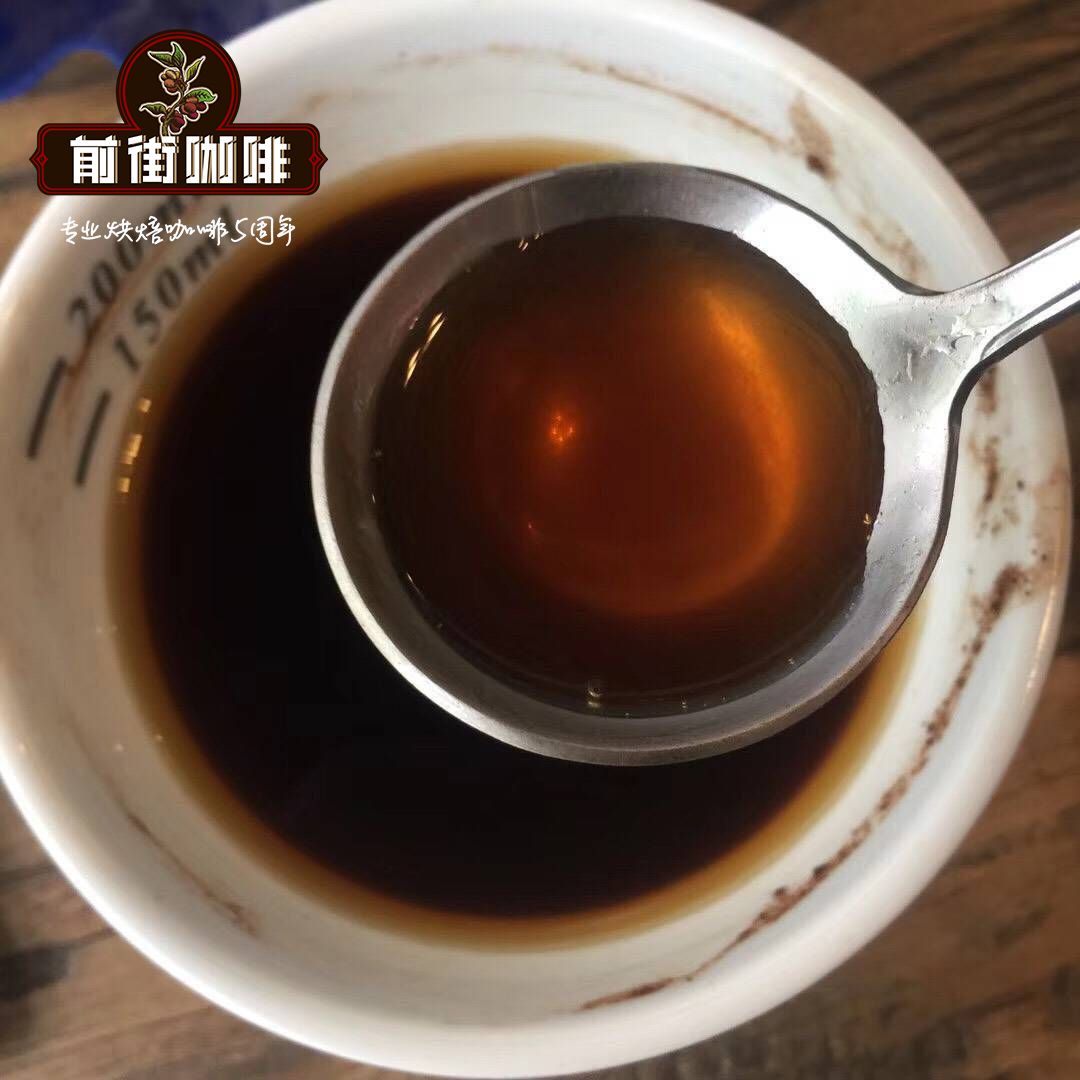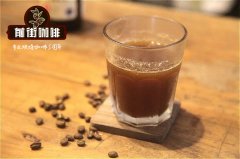El Pacamara Coe Champion Manor Coffee is good _ Los Pirineos Pyrenees

Professional coffee knowledge exchange more coffee bean information please follow the coffee workshop (Wechat official account cafe_style)
Coffee is called gold grain, el grano de oro in El Salvador. But before the gold grain, there is blue golden indigo. Although the indigenous peoples of Central America planted indigo before the arrival of the Europeans, Spain brought the commercialization of the crop in an attempt to compete with indigo from India. Indigo has been the number one crop in El Salvador for more than 300 years.
Coffee was first introduced to El Salvador as a garden crop from the Caribbean in the mid-18th century. Compared with indigo, this is a challenging crop, and commercial production was not established until 1850. Coffee was first exported in 1856-695 bags, and the government began to encourage coffee cultivation. The exponential growth coincided with the development of synthetic indigo at the end of this century (worldwide production of plant-based indigo was 19000 tons in 1897, but only 1000 tons in 1914. If you want to know). Between 1880 and 1914, as large tracts of land occupants poured into coffee, Salvadoran coffee exports increased by more than 1000 per cent.
Pyrenees Manor (Los Pirineos) is famous in the boutique coffee world, not only because she has won eight El Salvador Cup of Excellence cups, but also because the owner Gilberto Baraona is crazy about coffee and spares no effort to experiment with bean seeds and treatments. with more than 90 different bean varieties and 8 different treatments, Pyrenees has almost become a favorite experimental farm for bean bakers.
Pyrenees is located in the southeast of El Salvador "de Chipa" volcano (Tecepa Volcano) extremely high, named after the Pyrenees on the border between France and Spain. The owner Gilberto Baraona's family has been running the estate for more than a hundred years since 1890.
Pyrenees is a very beautiful manor with excellent microclimatic conditions, slow ripening cherries, good rainfall, and fertile volcanic soil. The treatment site is located between two mountains with good sun and ventilation, which is very suitable for uniform drying.
In the past five years, Gilbert has replanted 200000 coffee trees. Great enthusiasm has been invested in the improvement of coffee planting, harvesting and handling methods. Starting in 2012, he built more viaducts and sunshade gauze to make the drying process milder and last longer. In addition to the original Bourbon, Typica, Pacas and Pacamara, 10 new varieties are expected to be produced in 2017, including Orange Pacamara, Rosa, Native Bourbon, pointed Bourbon, Java and Kenya, as well as new hybrids Castillo Naranjal, Costa Rica 95, Lempira, Obata and Casiopea at an altitude of less than 1200 meters.
All cherries are harvested by hand, only ripe cherries are harvested. However, after harvest and before processing, there will be a screening process to pick out the beans that are not ripe enough or too ripe. He recycled the pulp and peel from all the treatments, using California red worm catalysis as a material for organic composting and returning it to coffee trees. Pyrenees has tropical rain forest certification, and is the first certified manor in El Salvador, Rain Water has been naturally filtered.
Gilbert's honey treatment
Gilbert's approach to honey is different. during the peeling and pulping stage, he retains all the mucus and puts it directly in the African elevated shed. Different honey treatments: yellow honey (Yellow Honey), red honey (Red Honey) and black honey (Black Honey) are mainly distinguished by different drying methods.
Take this Pacamara yellow honey treatment as an example, first remove the peel and pulp, put it on the African elevated shed bed to fully sun, but turn it every 20 minutes in the first three days, and then turn it 10 times a day until the moisture content is 12%. Can get a very sweet yellow flavor.
Red honey does not turn at all in the first three days of drying, making the beans ferment more intensely, appear red and stick together, and then turn 10 times a day. Black honey is different, the first three days is also every 20 minutes, but in the shade, and then turn 10 times a day, black honey drying more slowly, with chocolate flavor.
END
Important Notice :
前街咖啡 FrontStreet Coffee has moved to new addredd:
FrontStreet Coffee Address: 315,Donghua East Road,GuangZhou
Tel:020 38364473
- Prev

El Finca Santa Leticia San Leticia Manor Bourbon beans taste good?
Professional coffee knowledge exchange more coffee bean information please follow the coffee workshop (Wechat official account cafe_style) Salvador Coffee Manor introduction: Letitia Manor El Salvador Finca Santa Leticia Las Ninfas Pacamara production area: Apaneca-Ilamatepec Mountins processing Plant: Beneficio El Carmen altitude: 12001750 meters
- Next

How to cook El Robles Pacamara washed coffee beans _ Pacamara coffee flavor characteristics
Professional coffee knowledge exchange more coffee bean information please follow the coffee workshop (Wechat official account cafe_style) Salvadoran coffee variety Pacamara-description and brewing advice: when it comes to the Pacamara (Pacamara) variety, the richness of these years will not be lost to the popular global geisha (Geisha) variety, when it first appeared in an international competition scared Xu
Related
- Detailed explanation of Jadeite planting Land in Panamanian Jadeite Manor introduction to the grading system of Jadeite competitive bidding, Red bid, Green bid and Rose Summer
- Story of Coffee planting in Brenka region of Costa Rica Stonehenge Manor anaerobic heavy honey treatment of flavor mouth
- What's on the barrel of Blue Mountain Coffee beans?
- Can American coffee also pull flowers? How to use hot American style to pull out a good-looking pattern?
- Can you make a cold extract with coffee beans? What is the right proportion for cold-extracted coffee formula?
- Indonesian PWN Gold Mandrine Coffee Origin Features Flavor How to Chong? Mandolin coffee is American.
- A brief introduction to the flavor characteristics of Brazilian yellow bourbon coffee beans
- What is the effect of different water quality on the flavor of cold-extracted coffee? What kind of water is best for brewing coffee?
- Why do you think of Rose Summer whenever you mention Panamanian coffee?
- Introduction to the characteristics of authentic blue mountain coffee bean producing areas? What is the CIB Coffee Authority in Jamaica?

